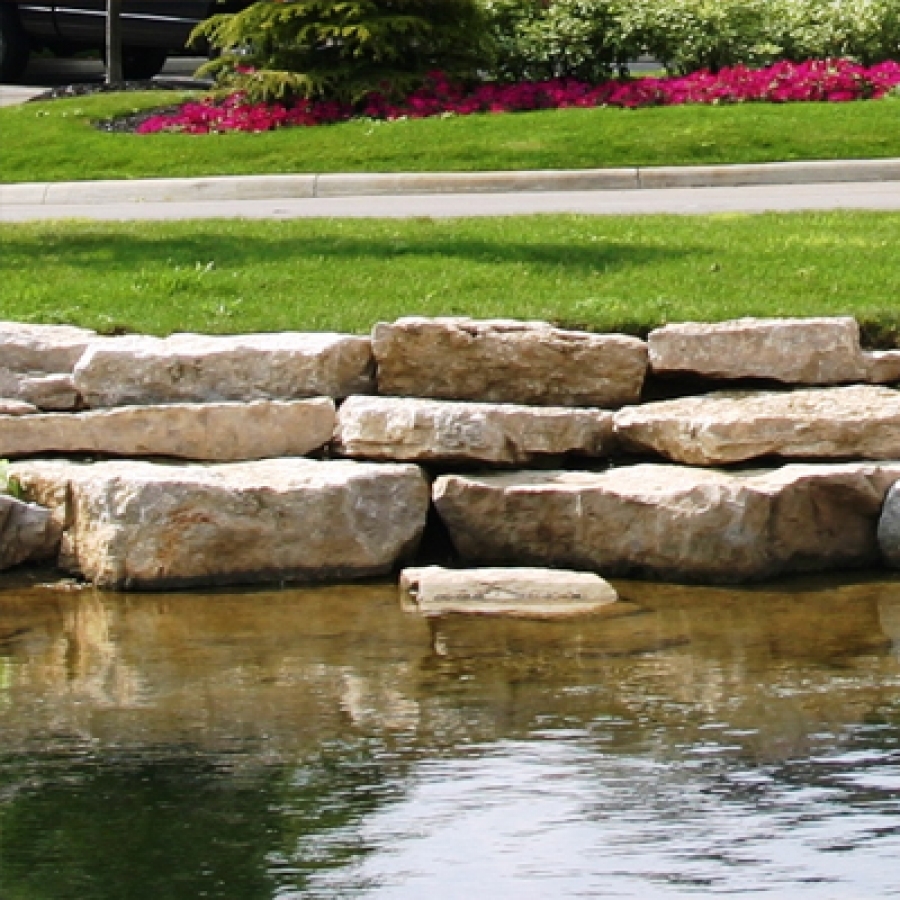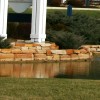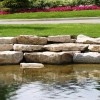Dry Placed Stone
Dry placed stone is, no doubt, the earliest form of masonry; it consists of the simple stacking of natural stones, one upon another, without mortar. As stone cutting tools began to be employed for working stone, early dry stone masons developed techniques of laying stones to make structures more stable and weather resistant. Egypt's great pyramids are the largest and most recognized dry stone structures, but there are numerous examples of ancient dry stone masonry all around the world that are still stable and useful after hundreds or even thousands of years.

Topic Summary
Dry stone walls are typically constructed with faces of interlocking stones that carry the load, and a mix of stones and earth in the center to add rigidity and keep out the elements. Walls should taper inward as they go up in height. Carefully built walls naturally resist earthquakes, fires, and insects.
Dry-stone technology is best known for rock fence and retaining wall construction, but examples of dry stone buildings, bridges, viaducts, canals, and other structures also can be found. Dry stone construction is naturally beautiful and environmentally friendly, using locally available materials assembled exclusively with simple tools and manpower.
Skilled dry stone masons can be hard to find today, but there are organizations in many countries around the world that are trying to raise awareness and promote the preservation of existing structures, as well as train masons in dry stone methods and encourage the construction of new structures.

Buildipedia Staff
The Buildipedia research and writing staff consists of dozens of experienced professionals from many sectors of the industry, including architects, designers, contractors, and engineers.
Website: buildipedia.com/





